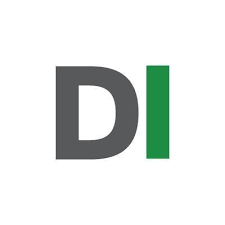Today, Socotra and Unqork have announced a partnership to help insurers accelerate digital transformation efforts and create digital-first experiences for their users.
This partnership draws upon the unique capabilities of both Socotra and Unqork, providing insurers with an intuitive, end-to-end solution to launch and scale innovative products. Socotra is the first truly modern core platform empowering insurers to easily build new products while reducing implementation and maintenance costs by leveraging open APIs and cloud-native architecture. Unqork’s no-code platform allows enterprise customers to create mission-critical software faster and at a lower cost—all without writing a single line of code.
Working in parallel for their joint customers, Socotra will deliver powerful core functionality for rating, underwriting, policy administration, billing, claims, and reporting while Unqork helps insurers build frontend agent experiences and digitize customer servicing processes.
“Socotra and Unqork have a common goal to empower innovation across the insurance landscape,” said Ekine Akuiyibo, Vice President of Business Development and Deployments at Socotra. “Socotra’s flexible core platform, combined with Unqork’s ability to customize frontend experiences, gives insurers all the tools they need to easily launch new products, reduce costs, and improve speed-to-market.”
“As insurers face increasing pressure to modernize their operations, more and more are looking to platforms like Unqork and Socotra to support and accelerate their digital transformations,” said Christian Barrera, Vice President, Alliances and Ecosystem, Unqork. “By combining Unqork’s enterprise no-code platform with Socotra’s comprehensive policy lifecycle management, we’re providing a full-service solution that will help insurers move faster and maintain their competitive edge.”
“Insurers are increasingly finding that combining a robust core platform with frontend experiences built on no-code enables them to simplify workflows and accelerate innovation across the entire value chain,” said Karlyn Carnahan, Head of North America Property Casualty at Celent. “Together, these intuitive platforms represent a huge leap forward in bringing insurance technology into the modern age.”






